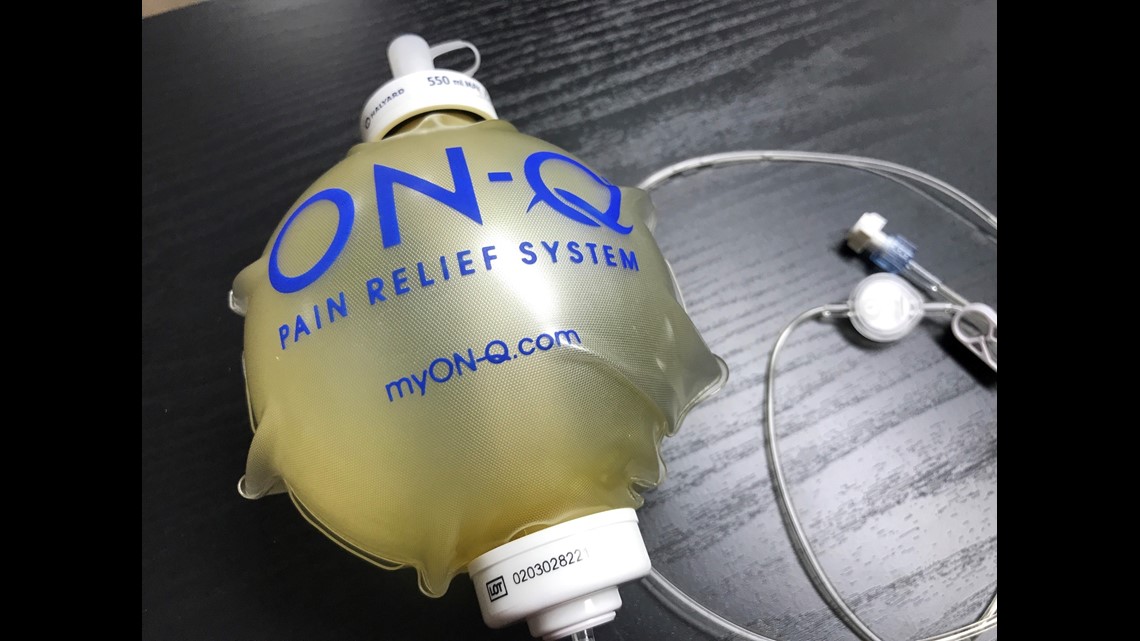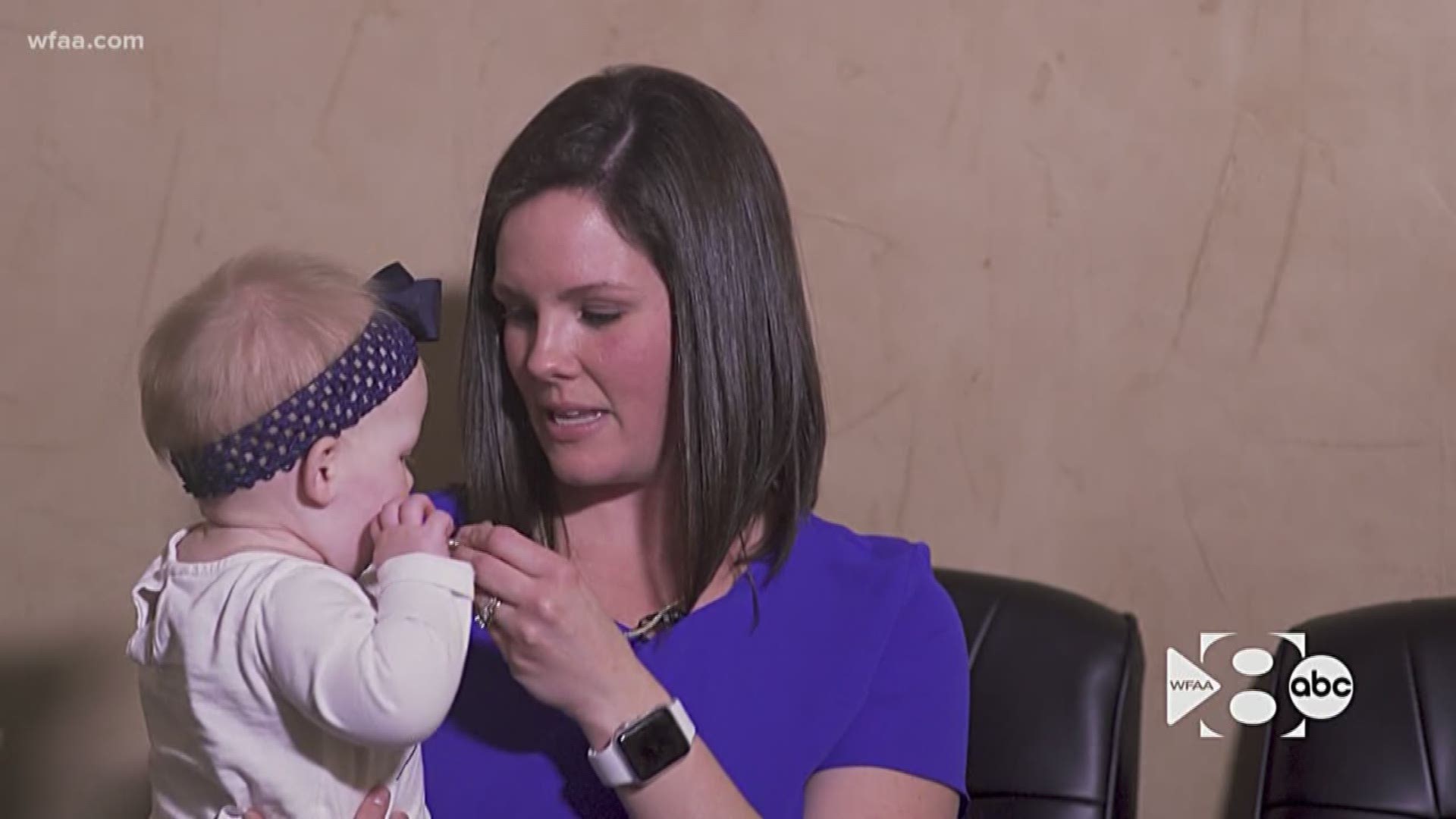DENTON, Texas — Some of the most startling victims of the nationwide opioid crisis are new mothers.
Drug overdoses are the number one killer of Texas women in the year after they give birth, according to a study published in 2018 by the Texas Maternal and Morbidity Task Force.
A solution might be on the horizon, and Denton OB/GYN Dr. Marc Wilson was excited to offer it to his patients.
In 18 years, Wilson has delivered more than 4,000 babies, yet he is the kind of doctor who, his patients say, makes them feel like they are his only patient.
He sings “Happy Birthday” to every baby he delivers, moments after bringing them into the world.
Wilson cares deeply about every family he works with, so exposing young mothers to narcotics following C-sections has always given him pause.
“It is a major a surgery, many people don’t look at it that way, but it is,“ he said.
And strong prescription pain killers have, traditionally, always accompanied a C-section.
“Without a doubt narcotic medication,” he said. “You have Vicodin, you now have Norco, you have Lortab.”
Wilson knows the dangers of opioid exposure. He lost a brother to addiction and he knows, particularly in Texas, new mothers face a serious risk: overdose is the number one killer of new mothers in the first year after child birth.
The 2018 state study found opioids, either alone or in combination, were responsible for 58 percent of those deadly overdoses, and the risk for drug overdose was higher for new moms in North Texas than in any other part of the state.
“So you have those moms who may have history of drug abuse or opioid abuse in the past. To provide them an option to have other than the narcotics, it’s paramount,” Wilson said.
In 2018, Wilson found an alternative that allows him to perform C-sections that require no prescription painkillers.
He uses a device called the On-Q pain pump, which involves inserting a thin catheter into the incision. The catheter is attached to a balloon-like pump filled with a local anesthetic, similar to something patients receive during dental work.
That anesthetic is slowly released into the incision through the catheter for an average of three to five days.


“With this slow release of this non-narcotic local anesthetic and ibuprofen, that’s all they need,” Wilson said.
After the anesthetic is used up, patients can remove the catheter from their incision themselves, he said.
Wilson’s first patient to receive the On-Q pump was Gracie Wimmer. It was her second C-section.
“The nurses come in and ask you, ‘On a scale of 1 to 10 what’s your pain level?’ and with my first C-section, I was like, ‘Oh, 6 or 7. Not great!’" Wimmer said. "And then with [her second child, Tate] I was like, ‘I guess if I have to give it a number it’s a 1 or a 2.’ I mean it was very low.”
Wimmer took just one extra strength ibuprofen a few days after delivering Tate by C-section, but nothing else. That ensured she never exposed herself or, through breastfeeding, her newborn to narcotics.
Wilson has now used the On-Q pump with more than two dozen patients and says he’s received no complaints.
“The fact is that we are writing fewer prescriptions for narcotics,” he said. “I think we’re moving in the right direction “
Wilson is one of about 10 local doctors currently using the On-Q pump for C-sections.

